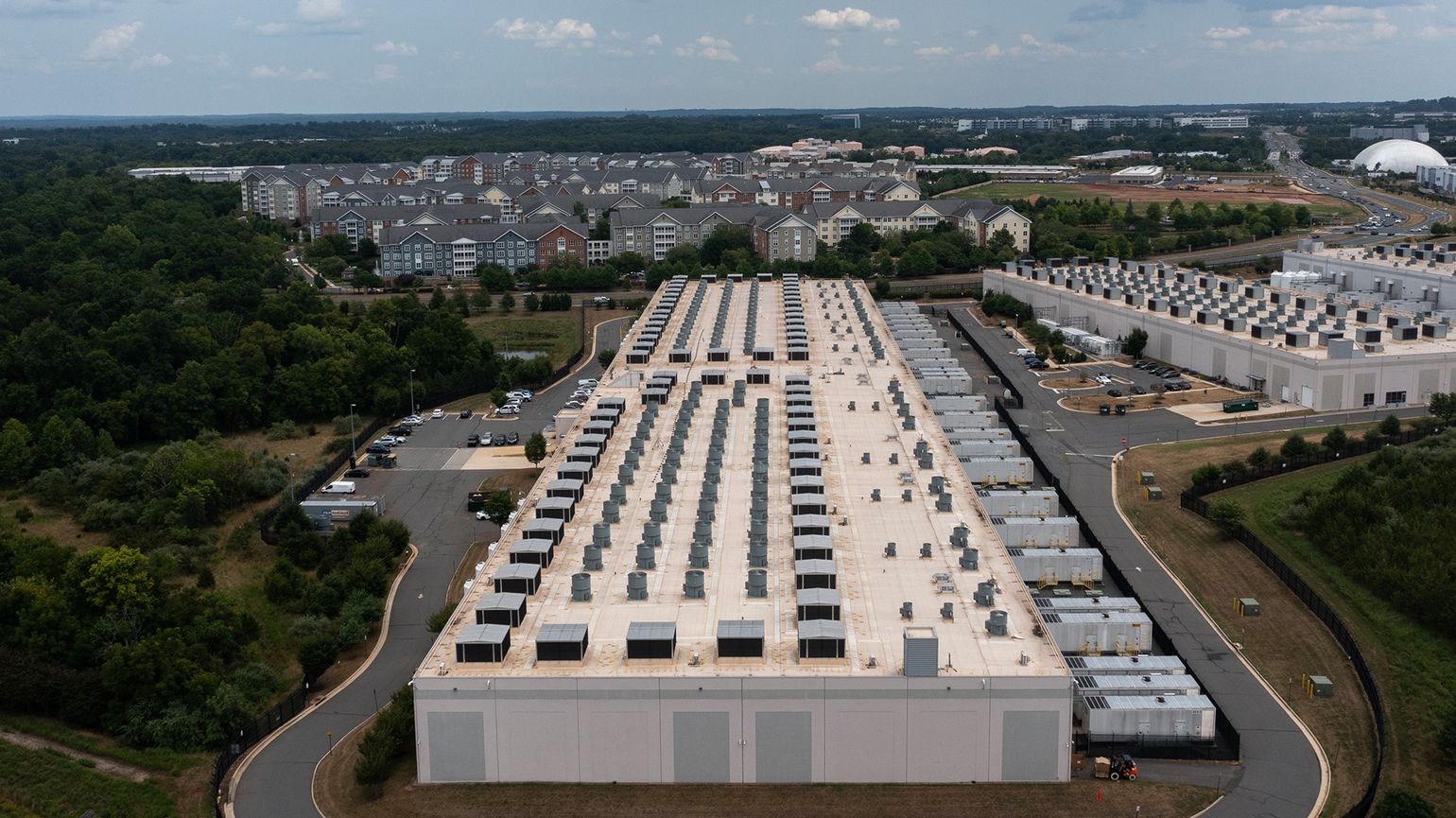Where to Build a Data Center in an AI Gold Rush


Amid explosive demand for AI computing, building data centers is growing increasingly complex. From power supplies to politics, developers face a range of challenges.
- AI is forecast to drive $7tn of data center investment by the end of the decade.
Demand for data centers is booming. Trillions of dollars are forecast to flow into the sector in the coming years to power the artificial intelligence revolution. However, finding the space to expand amid this gold rush has become a challenge requiring technical, strategic and even geopolitical acumen.
“Clients often have to grab space wherever it’s available,” said Pat Lynch, who directs data center solutions at CBRE, the world’s largest commercial real estate firm. “The reality is some businesses may not have a choice.”
The sector is seeing explosive growth. Since January, the number of “hyperscale” data centers – massive facilities designed to accommodate the demands of Big Tech firms such as Google, Amazon, Meta, Facebook, IBM and Microsoft – has risen 70 percent from 755 to 1,284 globally, according to Data Center Map, which helps connect buyers and sellers of data center services. Even though the increase includes the discovery of previously undisclosed data centers, the trend is clear.
Power has become the paramount factor in choosing a data center location, eclipsing traditional concerns about proximity to markets, fiber connectivity or even access to water for cooling hot servers. “Five years ago, it was all about bringing power to the site,” Lynch said. Today, “it’s about bringing the site to the power.”
With power demand from AI data centers forecast to soar over the next decade, companies such as EQT-backed Scale Microgrids, Cypress Creek Renewables and Zelestra are helping to tackle the challenge by providing cleaner and more reliable energy.
From Logistics to Politics
Nearly $7tn of data-center investment will be needed by 2030 to keep pace with demand, according to consulting firm McKinsey. But predicting where or when a business might need to expand data capabilities isn’t straightforward. “The use case is the ultimate demand driver,” said Chad Barrett, Data Center Map’s head of market intelligence.
When training AI models that power tools such as OpenAI’s ChatGPT, location is less of a concern. Sprawling data centers in remote locations can perform the large number of calculations required, and sites with abundant and reliable power supplies, sometimes in unexpected places like rural Pennsylvania or Louisiana, are now booming. In one prominent example, Amazon plans to build about 30 data centers on 1,200 acres of farmland in Indiana for work with Anthropic, the AI start-up.
However, for “inference” tasks such as voice assistants and self-driving cars, proximity to users is essential to improve response times and reduce latency, or the delay (usually measured in milliseconds) in data traveling from one point to another.

Completed private equity investment in data centers (PitchBook)
Finding the right site is increasingly a political, as well as a logistical, challenge.
In Amsterdam, historically a key European hub for computing power, a government moratorium on data center construction due to environmental concerns severely constrained growth. In Ireland, where data centers and their powerful computers consume more than a fifth of the nation’s electricity, blackout fears pushed authorities to temporarily stop issuing new grid connections to facilities in the Dublin area.
Geopolitical friction around semiconductor exports, particularly concerning chips from leading companies like Nvidia, introduces additional complexity and risk into decision-making, Barrett said. The White House has used trade restrictions to control which countries can buy AI chips.
“If chip exports are restricted, it could cause a sudden halt similar to what Amsterdam experienced,” he said. “Such geopolitical issues can significantly affect availability and long-term planning.”
Winning the Race
As AI advances, data center developers face a range of challenges, from labor constraints to hurdles in securing permits. With AI infrastructure consuming significant amounts of electricity, companies are also looking to decarbonize their data centers.
Companies including EQT-backed EdgeConneX are building capacity in energy-efficient data centers and focusing on sourcing electricity from renewable energy. Both Zelestra and Cypress Creek earlier this year signed agreements with Meta to build solar projects in Texas that will deliver clean energy to support the tech company’s data centers.
The dominant role of Big Tech makes expansion even more complicated. Hyperscale operators dictate a substantial portion of data center capacity and secure significant power commitments early, often ahead of residential or commercial developments, Barrett said.
After attracting major technology clients, markets previously off the radar, such as Columbus, Ohio, have surged in prominence, rapidly consuming available resources, according to Lynch, the CBRE specialist. Lynch has seen double-digit annual price increases for land, with some companies forced to accept underpowered or suboptimal sites. In a sign of soaring demand, the vacancy rate in northern Virginia – dubbed the “data center capital of the world” – fell to less than 1 percent last year.
“We’re encouraging clients to plan two to three years in advance,” Lynch said.
Beyond that timescale, it’s difficult to anticipate future computing power needs or predict how technological advances in cooling systems, chip design or power transmission could drive efficiencies. What is clear is that choosing the right site is no longer a straightforward decision. In the scramble for AI supremacy, or even just to keep up with rising demand, speed, strategy and innovation are keys to winning the race.
ThinQ by EQT: A publication where private markets meet open minds. Join the conversation – [email protected]
On the topic ofReal Estate
Exclusive News and Insights Every Week
Sign up to subscribe to the EQT newsletter.




